If you’re looking for a generator, it’s important to choose the right workhorse for the job. To choose the right equipment, you’ll need to figure out commercial generator sizing.
At home, a power outage is highly inconvenient. At work, however, a power outage can prove disastrous.
A power outage can prove financially devastating for your business. It can make it impossible to meet your contractual obligations.
Today, businesses rely heavily on electricity. Some rely on it entirely.
If you’re like most business owners, you can’t afford to go a moment without power. For this reason, a backup generator is an essential investment for many enterprises.
For an official commercial generator sizing calculator, read on.
Table of Contents
Why Choosing the Right Generator Is Essential?
In California, the utility company has instituted rolling blackouts for millions of customers. The utility company uses this measure to prevent the spread of ongoing wildfires.
In the news, there are many articles about how rolling blackouts affect residents. However, the blackouts also heavily impact businesses.
Across the United States, power outages cost businesses more than $27 billion each year. On average, a four-hour blackout can cost the typical company $10,000 to $20,000 in losses. Meanwhile, a three-day outage can cost the average business $50,000 or more.
A power outage can happen for a range of reasons. For example, a power outage might occur because of a natural disaster, equipment failure, or a failure of the local power grid.
When you lose power, you can lose data and income. Even worse, you can lose customers.
When the power goes out, you can’t deliver services as promised. In many cases, your customers or clients may look elsewhere. When this happens, they may end up sticking with that new provider.
A power failure can also affect your company’s reputation. After experiencing a power outage, you may have to invest significant time and money into rebuilding your company brand.
Even if you don’t rely heavily on electricity, you should prepare for the unexpected. For this reason, savvy business owners develop a disaster recovery plan. This kind of plan covers what you’ll do when the power goes out, including having a backup generator and fuel on hand.
Taking the Full-Load Measurement
A commercial backup generator is a large, heavy-duty stationary system. Many businesses use diesel fuel backup generators.
These units operate in single-phase and triple-phase power. More importantly, they can generate a massive amount of electricity when you need it the most.
Many businesses choose a backup generator with an automatic transfer switch. This feature enables the power to kick in immediately if the electricity fails. This kind of preparedness can save your business in an emergency.
Before you can choose a generator, however, you need to estimate the full-load capacity of your business so that you can select the right unit. When sizing a generator for commercial use, you can take full-load current measurements at the service panel during peak usage. If you’re not trained in working with electricity, however, it’s important to hire a professional for the task.
The Commercial Generator Sizing Calculator Formula
To take the full-load measurement, you’d clamp an ammeter to each leg of your electrical service. Next, you’d add all your measurements. This total will provide you with the full number of amps used by your facility.
For three-phase current, you divide the total amps by three. For single-phase current, you’d divide the total amps by two.
Next, you’d multiply the results by the supply voltage. Then, you can multiply that amount by 1,000 to provide you with the kilowatts you’ll need for your generator.
Now, you can add in the kilowatts you need for all of your emergency systems. The formulas to calculate your power supply needs are as follows:
• Full-load kilowatts = total amps x supply voltage/1,000
• Reserve capacity = full-load kilowatts x .25
• For full power, generator size = full-load kilowatts + reserve capacity
You can also calculate commercial standby generator sizing by assessing your usage history. Your utility company billing system can help you to identify your maximum power usage. Using your utility company bill, you’d review the highest peak demand and add 25% for reserve capacity.
A Couple of Sizing Tips
There are also a couple of other methods you can use for sizing a commercial generator. For instance, you can review the manufacturer’s tags on all the equipment in your facility.
You can use this information to figure out the load capacity for every motor that you use. For this part of your research, you need to find a starting current of the largest engine that turns on and off at your facility. You’d then multiply that starting current by the voltage to figure out the watts you’d require.
For all other loads—motor and nonmotor—multiply the current for the watts. Now, add the watts you need for the largest motor and all of the remaining loads.
Next, multiply that total by 1,000 to find the kilowatts required for your generator. Now, add 25% to the results to account for surge capacity.
You can also use the square foot measurement method for commercial back up generator sizing. Most often, retail business owners use this method.
For instance, you might use this method if you own a grocery store, convenience store, or restaurant. The calculation is relatively straightforward:
• Retail applications: 50 kW + 10 W per square feet
• Commercial applications: 50 kW + 5 W per square feet
If you have trouble making the calculations, a good generator supplier will gladly help you figure out your needs.
Sizing Up Your Options
In addition to your power requirements, there are a few other things that you should consider. For instance, you want to think about the kind of fuel that you use.
Most companies use diesel fuel or natural gas. Diesel fuel is more reliable and provides the most power. However, natural gas generators are more affordable and operate more cleanly.
You also need to figure out the right location for your generator. A backup generator can make a lot of noise. Resultantly, you’ll need to think about how its operation will affect your business.
Choosing a Commercial Generator Supplier
Now that you’ve reviewed the commercial generator sizing calculator, you need a great equipment supplier.
Your generator will need fuel and proper handling. It will also need ongoing maintenance. Accordingly, it’s a good idea to choose a trustworthy supplier who can also perform maintenance.
Swift Equipment is your one-stop solution for new and refurbished commercial equipment sales and service. Contact one of our experts today at (866) 571-0044 or connect with us online to learn how we can help you meet your commercial equipment needs swiftly.

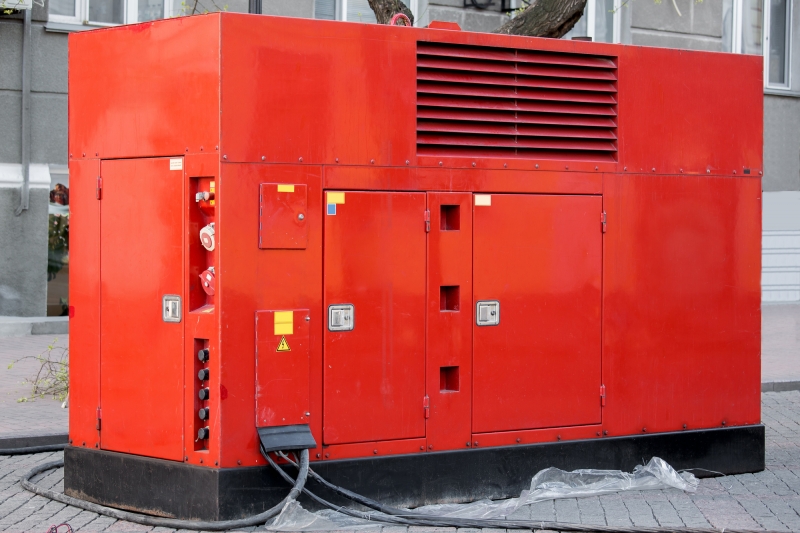
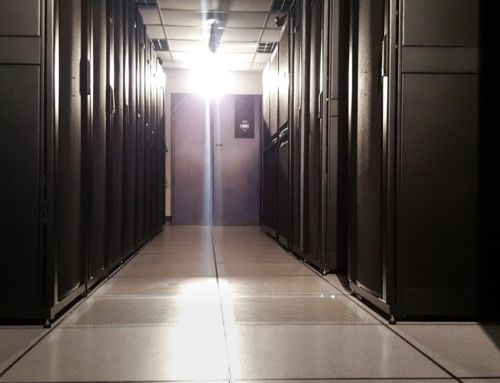
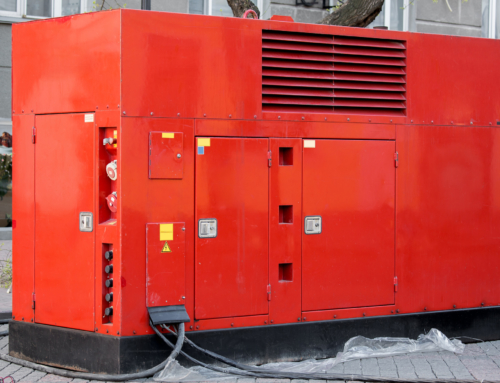
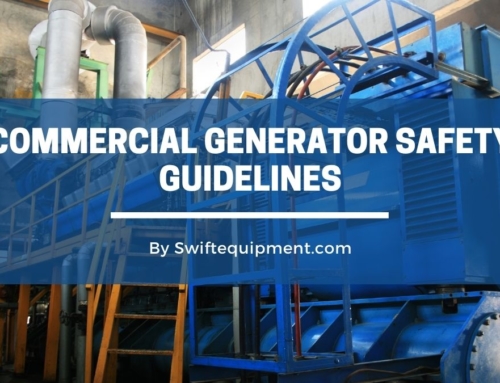
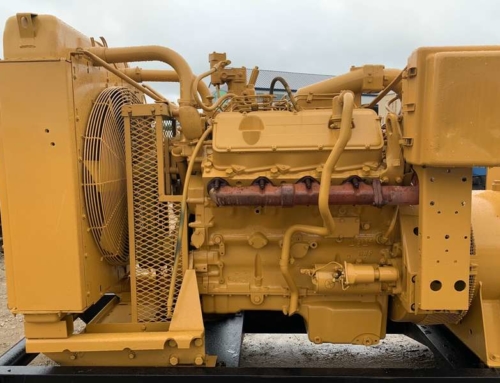
Leave A Comment